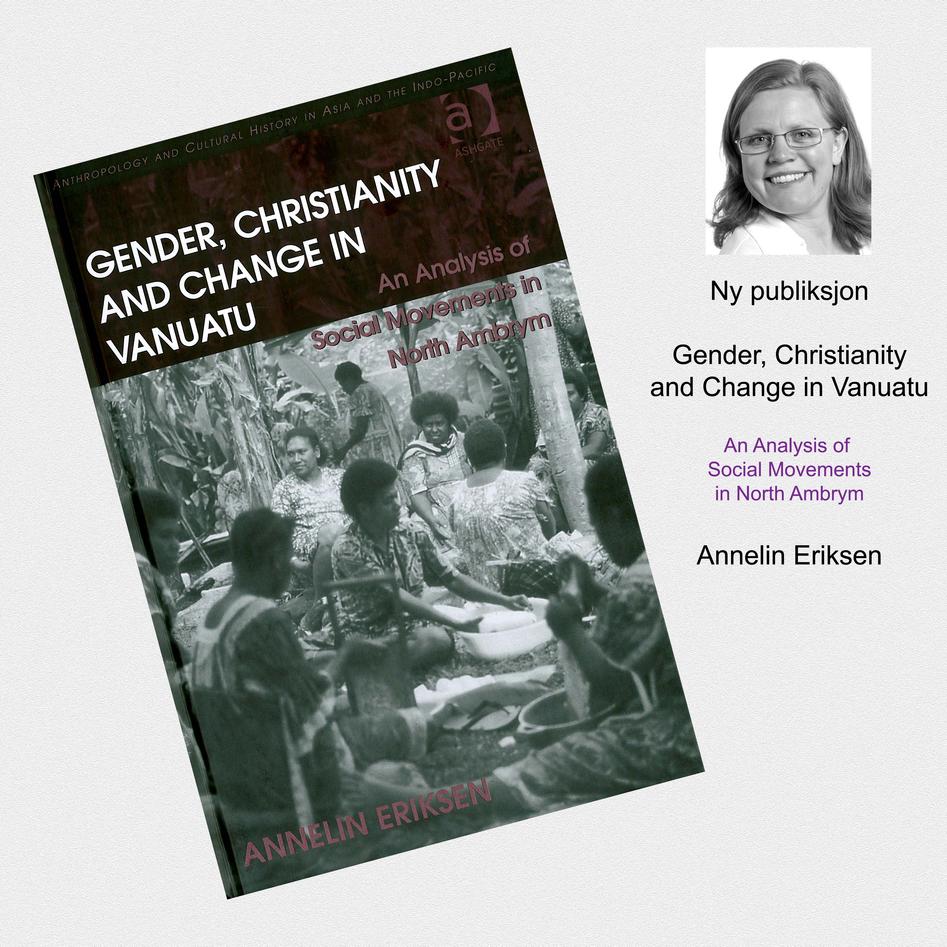Gender, Christianity and Change in Vanuatu
An elegantly conceptualized and closely argued ethnographic work, this strikingly innovative study of cultural change should have a wide audience not only among area specialists but also among those working on Christianity, gender, and cultural change in other regions as well, who will need to engage its strong arguments that invite comparative application.’ – Joel Robbins, University of California, San Diego, USA
Hovedinnhold
‘Eriksen’s study broaches new ground in the understanding of the processes and the effects of Christian missionizing in the Pacific. She presents a wonderfully innovative understanding of the local apparatuses of capture whereby Vanuatans reinvent their realities in the context of globalizing forces. Ethnographically and theoretically this is a ground-breaking work.’ – Bruce Kapferer, University of Bergen, Norway
Focusing on cultural change and the socio-political movements in the Pacific island nation of Vanuatu, this book uses both anthropological and historical analysis to examine the way the relationship between gender and Christianity has shaped processes of social change.
Based on extensive research conducted over decades, it is one of the few books available to focus on Vanuatu and on the impact of Christianity in Melanesia more generally; as well as on the significance of gender relations in understanding these developments.
Providing a model for understanding and comparing processes of change in small scale societies, the book will appeal to scholars and students interested in the ethnography of Melanesia and in issues related to contemporary cultural change and gender more generally.
Contents: Series Editors’ Preface: Fixity, movement and change: an Ambrym kaleidoscope, Andrew Strathern and Pamela J. Stewart; Preface; Gender, Christianity and change; Kinship, place and movement; Origin routes: historical and contemporary relocations on Ambrym; Women on the move; The loud and the silent stories: female agency and mission history; Women, churches and communities; From churches to councils and cults; On council, development and leadership; The social dynamics of Ambrym in a comparative perspective; References; Index.
Sample pages for published titles are available to view online at: www.ashgate.com
